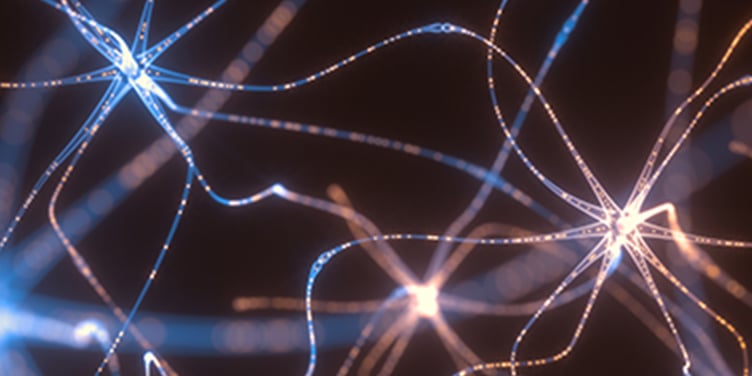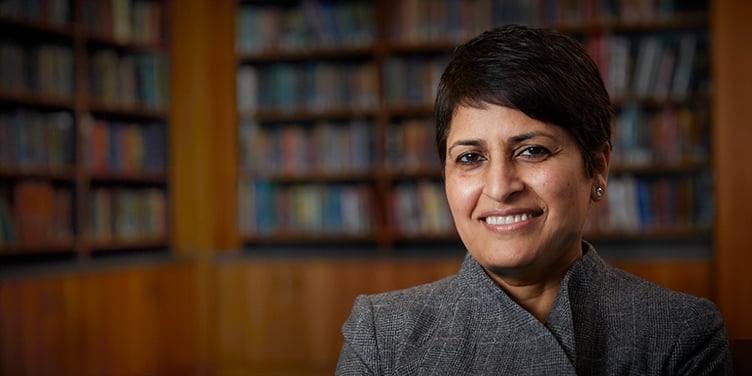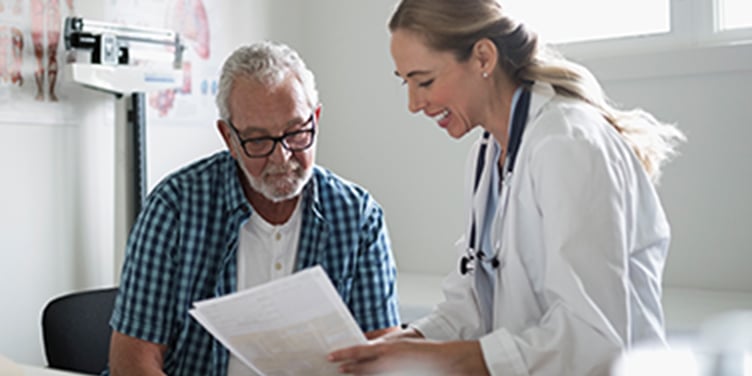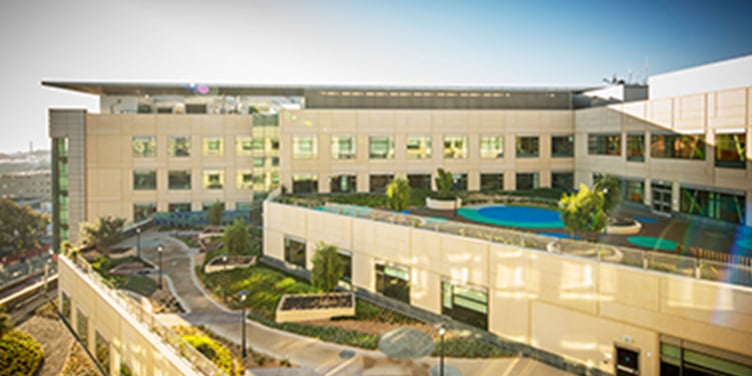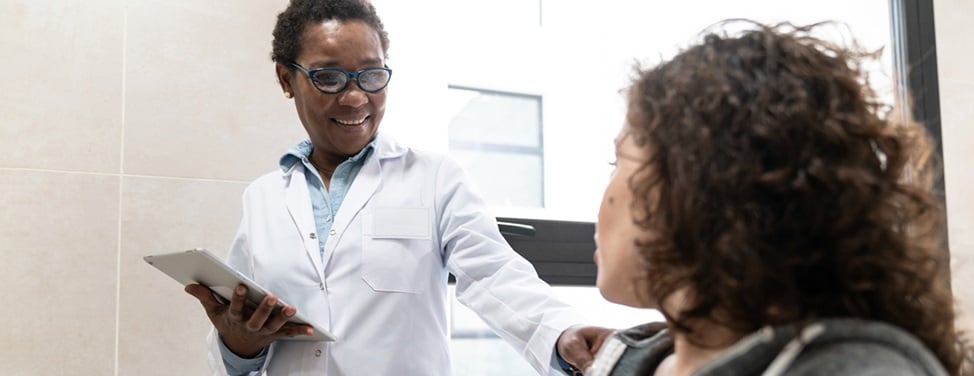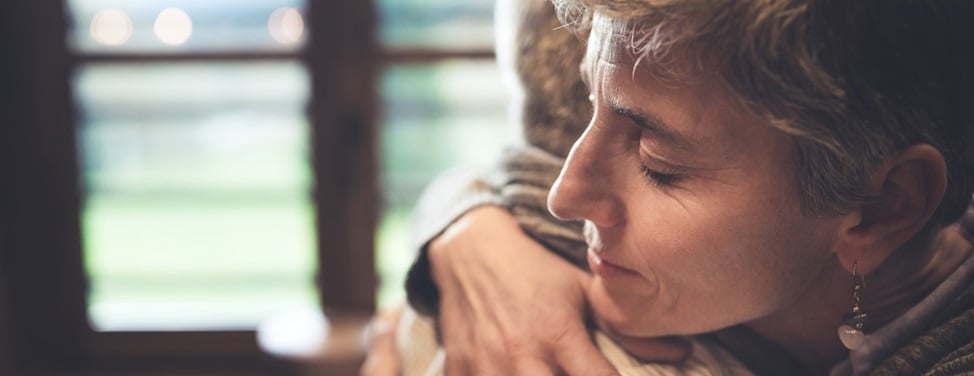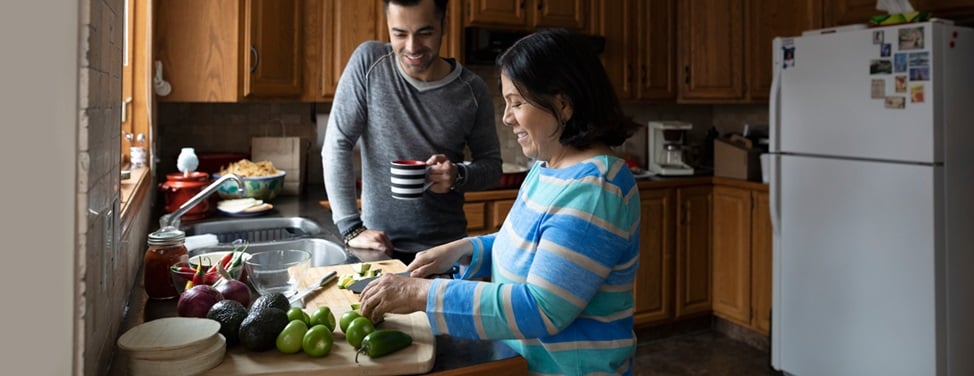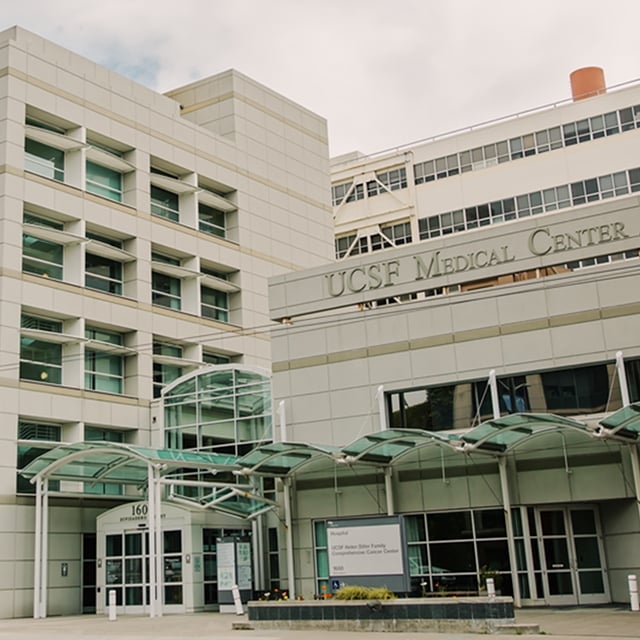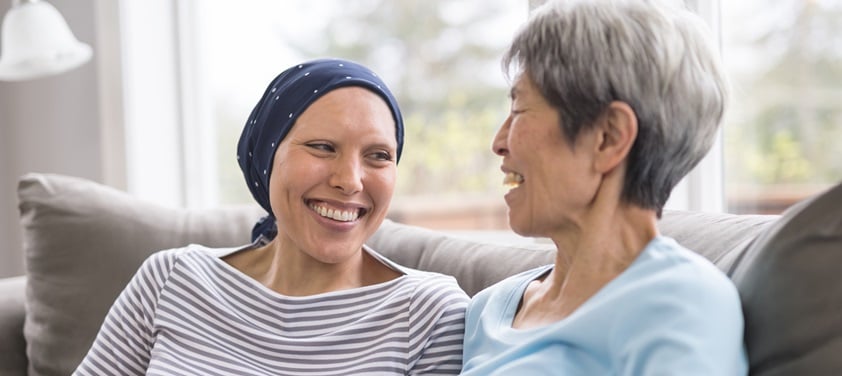Esophageal Cancer

Overview
Cancer of the esophagus is divided into two major types: squamous cell carcinoma and adenocarcinoma, depending on the type of cells that are malignant.
Squamous cell carcinomas arise in cells that line the upper two-thirds of the esophagus. Adenocarcinomas usually develop in the glandular tissue in the lower part of the esophagus. The treatment of these types may be similar but depends upon the details of each individual case.
Our approach to esophageal cancer
UCSF's highly trained gastrointestinal oncologists and surgeons provide the most advanced and effective treatments available for esophageal cancer. Our team will give you a precise diagnosis and design a personalized treatment plan, which may include surgery, chemotherapy, radiation, laser therapy or photodynamic therapy (targeting the cancer with drugs that destroy the malignant cells when exposed to a special light). In some cases, patients need to have the esophagus removed. Our hospital is one of a select group of specialty centers performing minimally invasive esophagectomies – esophagus removal using small incisions, miniature instruments and an endoscope. This option will minimize discomfort and speed recovery time.
In addition, we offer continued care for patients who have completed treatment for gastrointestinal cancers. Our survivorship clinic aims to maximize quality of life and minimize risk of recurrence.
Awards & recognition
-
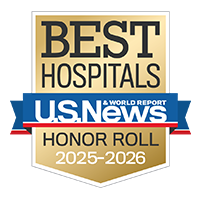
Among the top hospitals in the nation
-

Best in California and No. 7 in the nation for cancer care
-
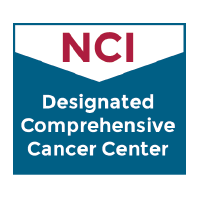
Designated comprehensive cancer center
Signs & symptoms
Early esophageal cancer usually does not cause symptoms. However, as the cancer grows, symptoms may include:
- Difficult or painful swallowing
- Severe weight loss
- Pain in the throat or back, behind the breastbone or between the shoulder blades
- Hoarseness or chronic cough
- Vomiting
- Coughing up blood
Diagnosis
To help find the cause of symptoms, your doctor will evaluate your medical history and perform a physical exam. Your doctor will likely recommend a chest X-ray and other diagnostic tests. These tests may include the following:
- Barium swallow. Also called an esophagram, a barium swallow is a series of X-rays of the esophagus. You drink a liquid containing barium, which coats the inside of your esophagus. The barium causes changes in the shape of the esophagus to show up on the X-rays.
- Gastroesophagoscopy. Also called endoscopy, this is an examination of the inside of the esophagus and stomach using a thin, lighted tube called an endoscope. An anesthetic, a substance that causes loss of feeling or awareness, is usually used during this procedure. If an abnormal area is found, your doctor can collect cells and tissue through the endoscope for a biopsy.
- Biopsy. Biopsy is a tissue sample for examination by a pathologist to make a diagnosis.
Staging
If the diagnosis is esophageal cancer, your doctor will determine the stage or extent of disease. Staging is a careful attempt to find out whether the cancer has spread and, if so, to what parts of the body. Knowing the stage of the disease helps the doctor plan treatments. Listed below are descriptions of the four stages of esophageal cancer.
- Stage I. The cancer is found only in the top layers of cells lining the esophagus.
- Stage II. The cancer involves deeper layers of the lining of the esophagus, or it has spread to nearby lymph nodes. The cancer has not spread to other parts of the body.
- Stage III. The cancer has invaded more deeply into the wall of the esophagus or has spread to tissues or lymph nodes near the esophagus. It has not spread to other parts of the body.
- Stage IV. The cancer has spread to other parts of the body. Esophageal cancer can spread almost anywhere in the body, including the liver, lungs, brain and bones.
Treatments
Surgery
Surgery is the most common treatment for esophageal cancer. Usually, the surgeon removes the tumor along with all or a portion of the esophagus, nearby lymph nodes and other tissue in the area. An operation to remove the esophagus is called an esophagectomy.
The surgeon connects the remaining healthy part of the esophagus to the stomach so that the patient is still able to swallow. The surgeon may also widen the opening between the stomach and the small intestine to allow stomach contents to pass more easily into the small intestine.
Sometimes surgery is done after other treatment is finished.
Chemotherapy
Chemotherapy is the use of anticancer drugs to kill cancer cells. The anticancer drugs used to treat esophageal cancer travel throughout the body and are usually given by injection into a vein or intravenously.
Chemotherapy may be combined with radiation therapy as primary treatment, instead of surgery, or to shrink the tumor before surgery.
Laser therapy
Laser therapy is the use of high-intensity light to destroy tumor cells. Laser therapy affects the cells only in the treated area. Laser therapy is used to destroy cancerous tissue and relieve a blockage in the esophagus when the cancer cannot be removed by surgery. The relief of a blockage can help to reduce symptoms, especially swallowing problems.
Photodynamic therapy
Photodynamic therapy (PDT), a type of laser therapy, involves the use of drugs that are absorbed by cancer cells. When exposed to a special light, the drugs become active and destroy cancer cells. Your doctor may use PDT to relieve symptoms of esophageal cancer, such as difficulty swallowing.
Radiation therapy
Radiation therapy, also called radiotherapy, involves the use of high-energy X-rays to kill cancer cells in the treated area only. The radiation may come from a machine outside the body – external radiation – or from radioactive materials placed in or near the tumor, called internal radiation.
A plastic tube may be inserted into the esophagus to keep it open during radiation therapy. This procedure is called intraluminal intubation and dilation.
Radiation therapy may be used alone or combined with chemotherapy as primary treatment instead of or before surgery, especially if the size or location of the tumor would make an operation difficult. Even if the tumor cannot be removed by surgery or destroyed entirely by radiation therapy, radiation therapy can often help relieve pain and make swallowing easier.
UCSF Health medical specialists have reviewed this information. It is for educational purposes only and is not intended to replace the advice of your doctor or other health care provider. We encourage you to discuss any questions or concerns you may have with your provider.
Recommended reading
Where to get care (2)
Related clinics (4)
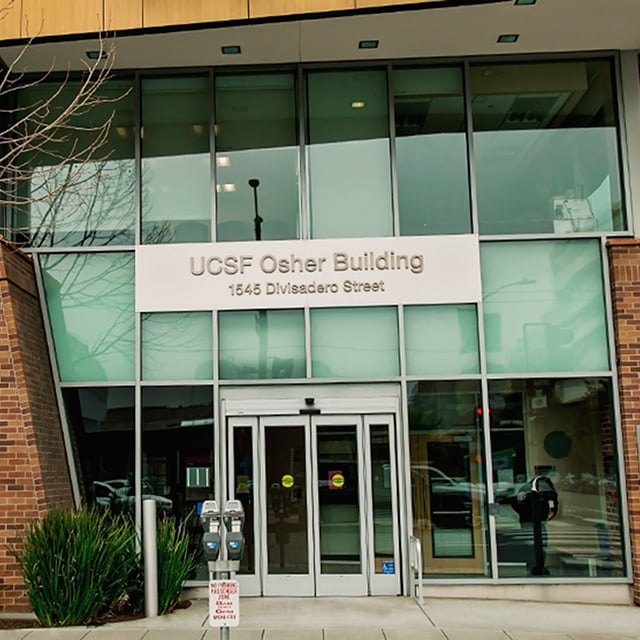
Osher Center for Integrative Health
 2
2

